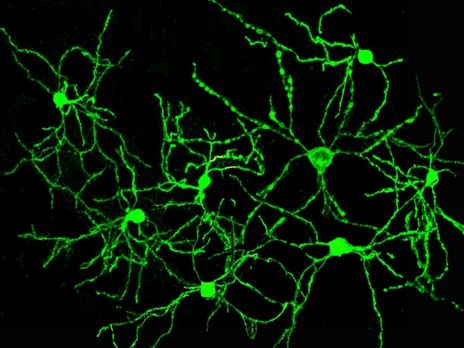
Sensory signals of associative learning
Through evolution, animals gained the remarkable ability to respond with sub second precision to environmental stimuli and to learn to associate those with positive or negative outcomes…
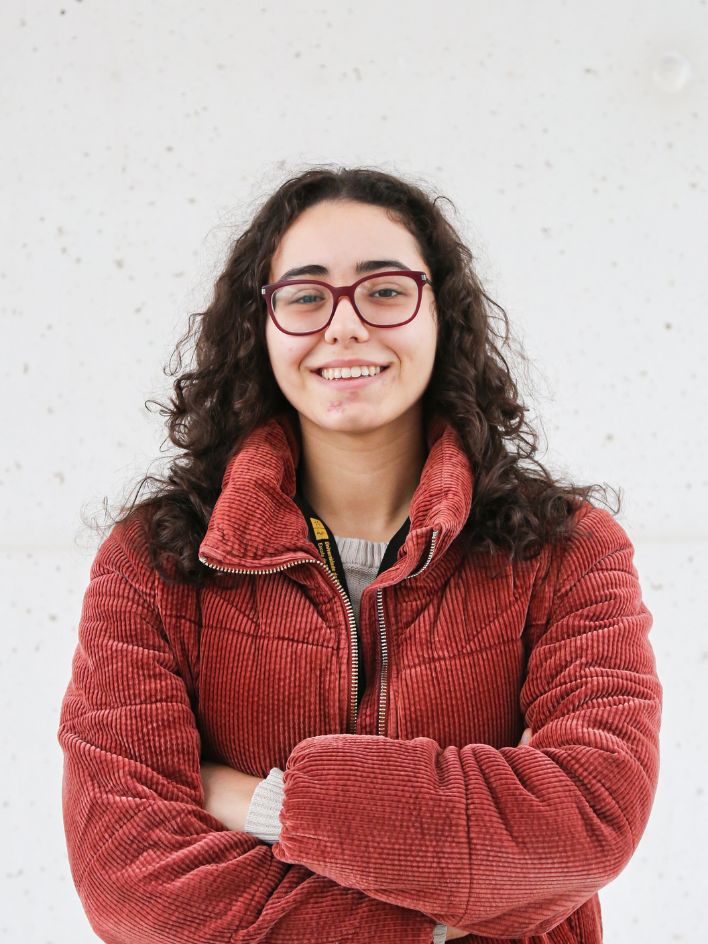
I am graduated in Biochemistry (School of Sciences, University of Minho), having studied the reward and aversion processing in the Nucleus Accumbens during my undergraduate project, performed at ICVS under the supervision of Carina Soares-Cunha. Currently, I am a second year MSc student in Health Sciences (School of Medicine, University of Minho) and I am starting to develop my master’s thesis entitled as “Involvement of sensory inputs to the Nucleus Accumbens in cue-outcome associative learning”, under the supervision of Carina Soares-Cunha and Ana João Rodrigues. This project aims to identify the precise rostral-caudal distribution of cortical sensory projections to the nucleus accumbens subregions and its neurons – using retrograde virus tracing in wild-type and cre transgenic mouse lines – , and also to determine the functional relevance of these projections in cue-outcome associative learning – by recording the sensory-to-accumbal neuronal activity in freely-behaving mice during positive and negative Pavlovian conditioning tasks, through fiber photometry.

I am graduated in Biochemistry (School of Sciences, University of Minho), having studied the reward and aversion processing in the Nucleus Accumbens during my undergraduate project, performed at ICVS under the supervision of Carina Soares-Cunha. Currently, I am a second year MSc student in Health Sciences (School of Medicine, University of Minho) and I am starting to develop my master’s thesis entitled as “Involvement of sensory inputs to the Nucleus Accumbens in cue-outcome associative learning”, under the supervision of Carina Soares-Cunha and Ana João Rodrigues. This project aims to identify the precise rostral-caudal distribution of cortical sensory projections to the nucleus accumbens subregions and its neurons – using retrograde virus tracing in wild-type and cre transgenic mouse lines – , and also to determine the functional relevance of these projections in cue-outcome associative learning – by recording the sensory-to-accumbal neuronal activity in freely-behaving mice during positive and negative Pavlovian conditioning tasks, through fiber photometry.

Through evolution, animals gained the remarkable ability to respond with sub second precision to environmental stimuli and to learn to associate those with positive or negative outcomes…
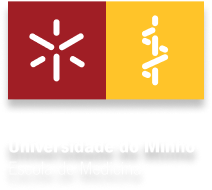
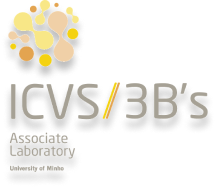
Phone: +351 253 604 967
Fax: +351 253 604 809
Email: icvs.sec@med.uminho.pt
Life and Health Sciences
Research Institute (ICVS)
School of Medicine,
University of Minho,
Campus de Gualtar
4710-057 Braga
Portugal

Copyright ©2022 ICVS. All Rights Reserved



Copyright ©2022 ICVS. All Rights Reserved
Life and Health Sciences
Research Institute (ICVS)
School of Medicine,
University of Minho,
Campus de Gualtar
4710-057 Braga
Portugal



Copyright ©2022 ICVS. All Rights Reserved
Life and Health Sciences
Research Institute (ICVS)
School of Medicine,
University of Minho,
Campus de Gualtar
4710-057 Braga
Portugal

